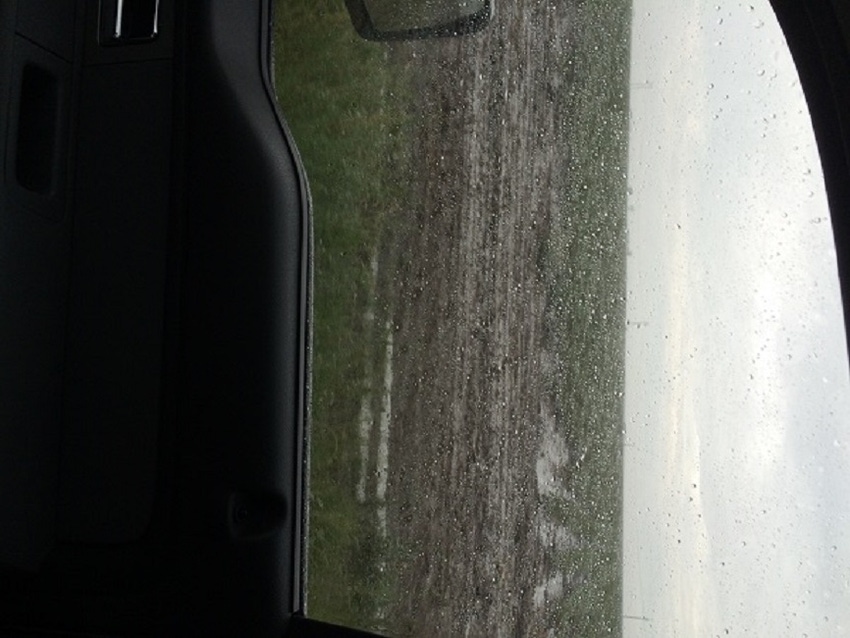September 18, 2014

September is notable for the return of kiddos to school, college football, and USDA-NASS enumerators to cotton fields. The September supply/demand report is USDA’s second benchmark report where they take follow-up measurements of cotton plants to either confirm or contradict the field samples they took in August.
This year the September results forecasted U.S. cotton production at 16.54 million bales. This is almost a million fewer bales than they forecasted in August. A little more than half of that month-over-month decline in production was from lowering the average U.S. yield from 820 to 803 pounds per acre. (The states with lowered yields were Alabama, Arkansas, Georgia, Mississippi, and Texas, with the latter only declining 16 pounds per acre, month over month.) Most of the rest of the reduction in U.S. production came from reducing planted acres to jibe with certified acres from USDA-FSA. Abandonment remains at around 10 percent.
Of the possible surprises left this season, one would have to be whether Texas abandonment gets ratcheted up. Why might that happen? Recall that this season started off with drought conditions through planting time in West Texas. Then came the Memorial Day weekend rains, and subsequent summer weather that was relatively cooler and wetter, until August. All of that resulted in about 5 million planted acres of cotton across the High Plains and Rolling Plains with normal abandonment (meaning that over 80 percent of it was still standing in early September).
For the latest on southwest agriculture, please check out Southwest Farm Press Daily and receive the latest news right to your inbox.
What is not accounted for by the current USDA snapshot is doubtless a lot of low yielding dryland acreage may not be worth harvesting. Growers in that situation typically face a breakeven harvest decision they have to evaluate against a potential crop insurance loss claim due to low yields.
On top of that, much of this same low yielding cotton got a late start and needs extended sunny, warm maturation weather. Will it get it? Well, so far September has brought a wet cold front, tropical Pacific moisture, and a renewed forecast of El Niño conditions (65 percent chance during the fall and winter). If wet, cool conditions continue, it could further erode yield potential and tip the balance toward shredding some marginal yielding acreage. Maybe this would give us a few hundred thousand fewer bales of production, which might have a little price supporting effect in the futures market. But not enough to get me really excited.
What worries me more is that if we have a sloppy wet fall, immature bolls, and/or a delayed harvest, West Texas and other U.S. regions may have widespread quality issues from rain-stained lint, increased bark, etc. The worst situation would be to have a lot of marginal grade cotton stuck in the loan with no place to go. That is a recipe for big discounts, especially if China is demanding mainly higher quality fiber to blend with their stockpile of (presumably marginal grade) cotton.
About the Author(s)
You May Also Like




